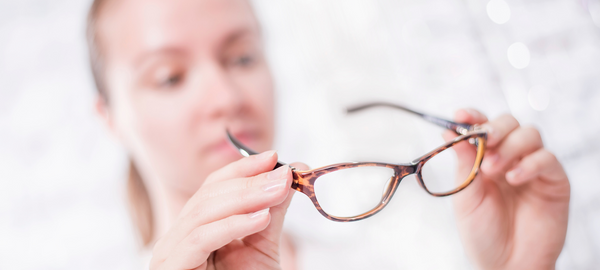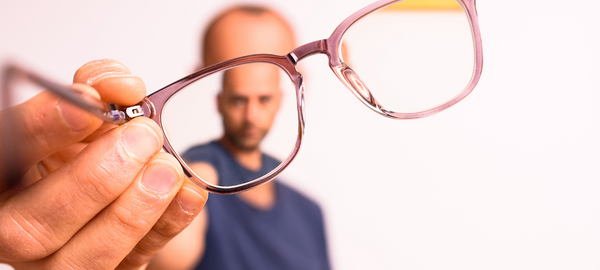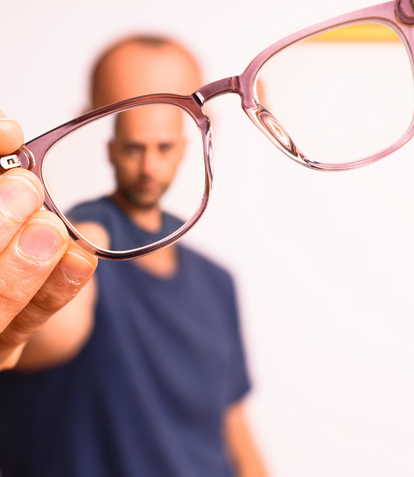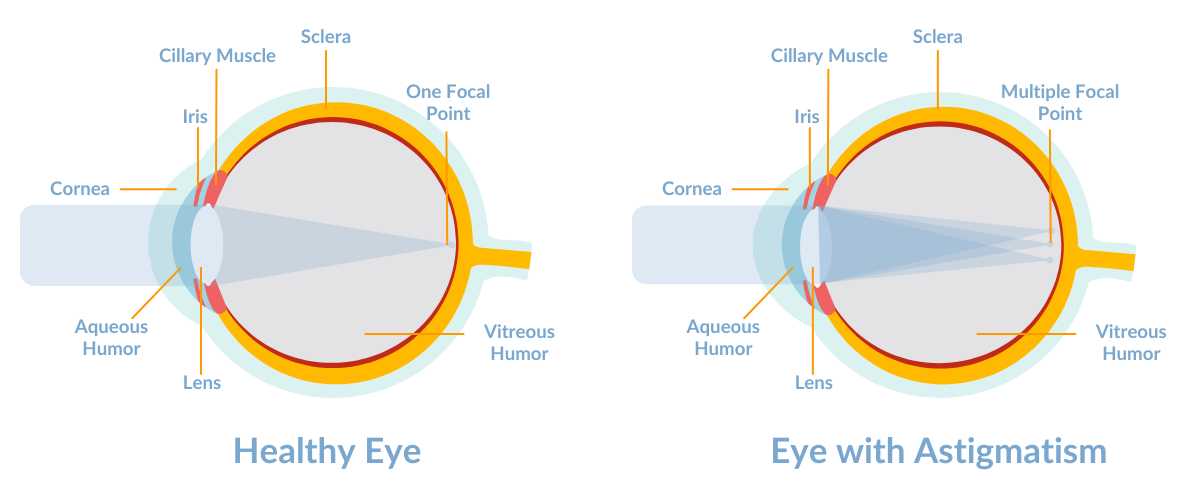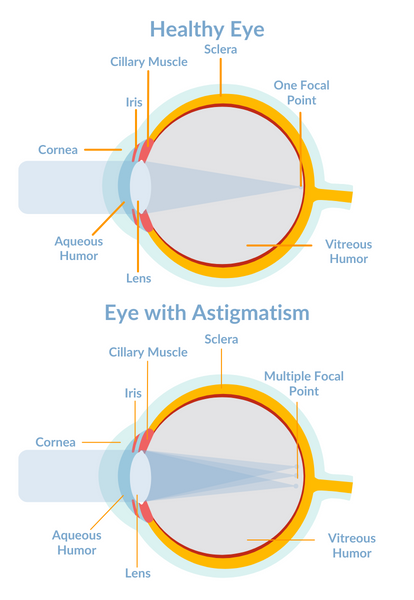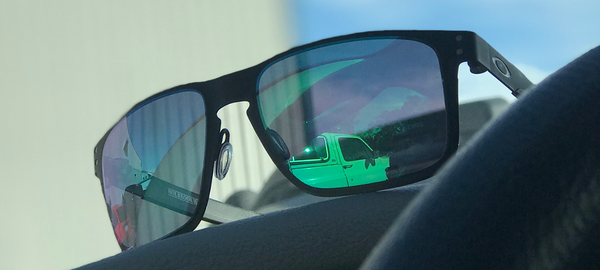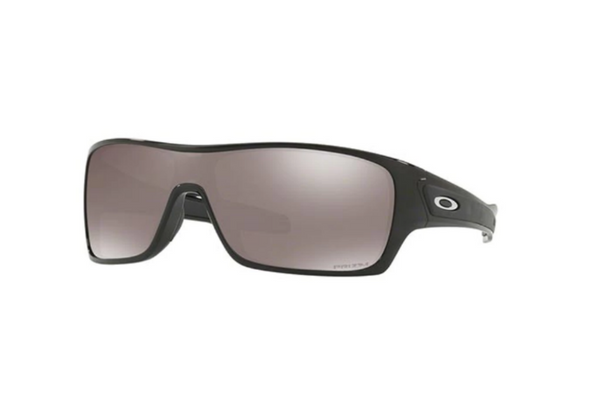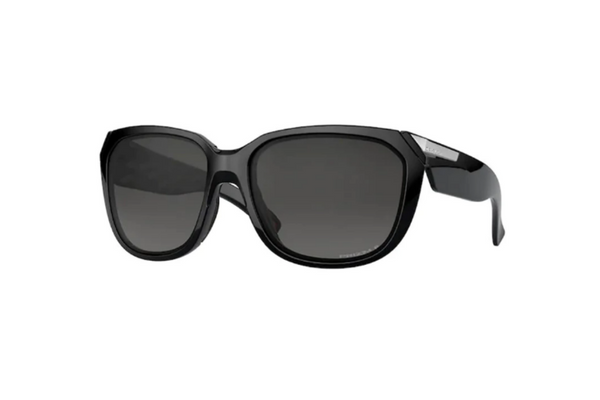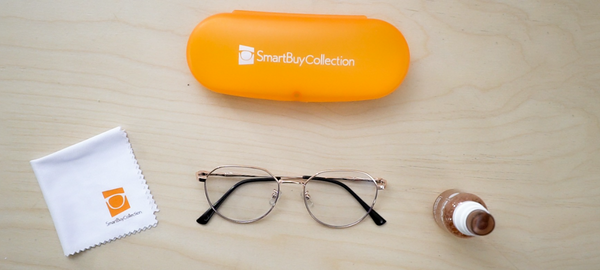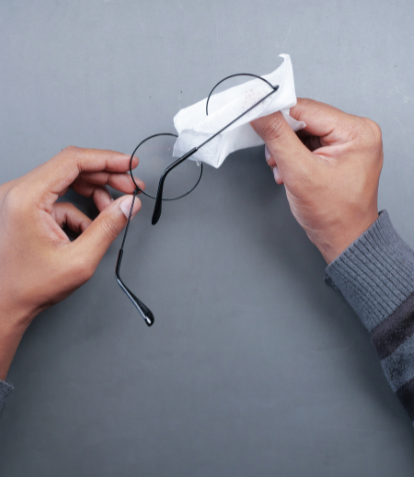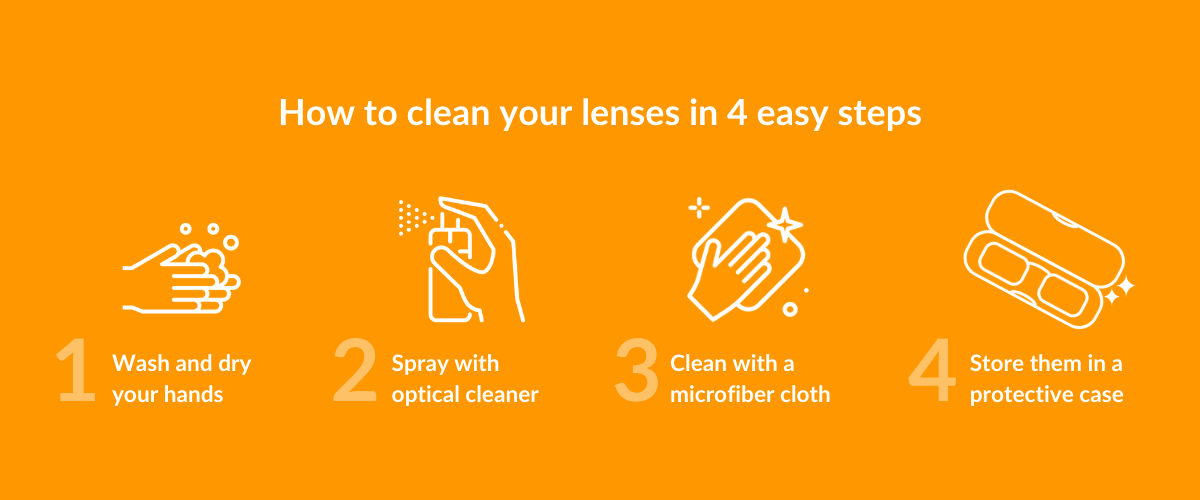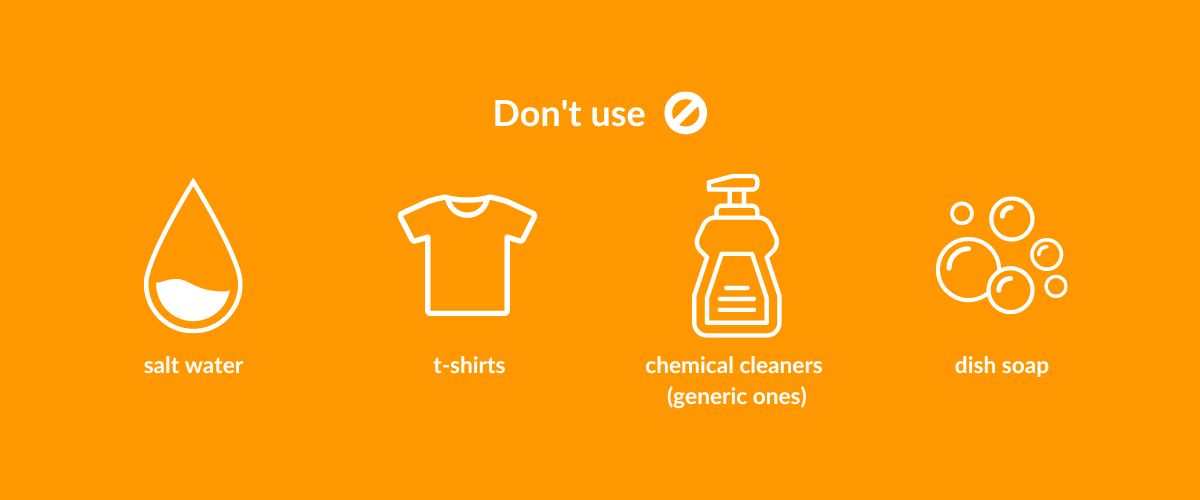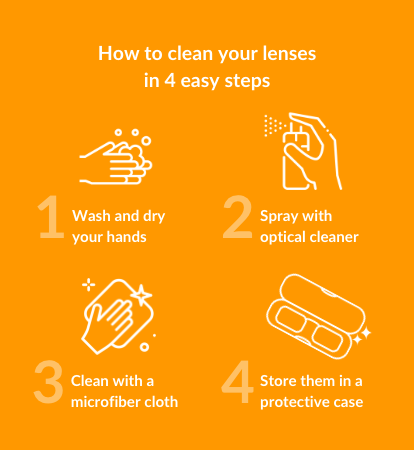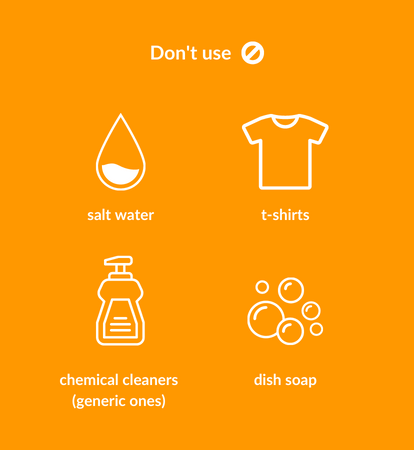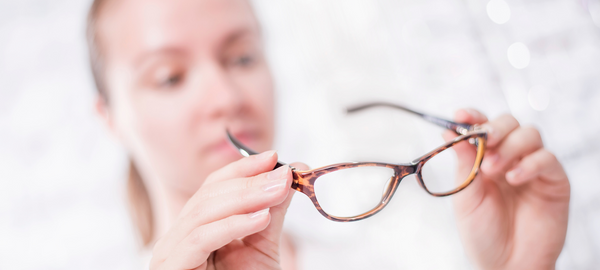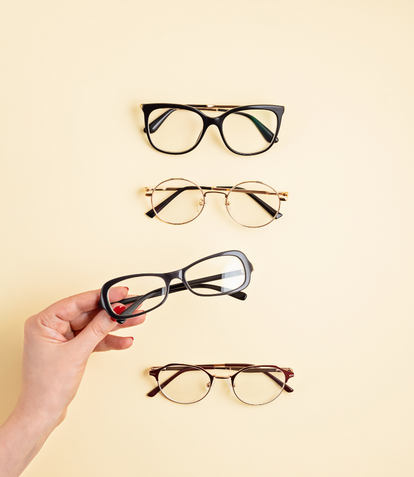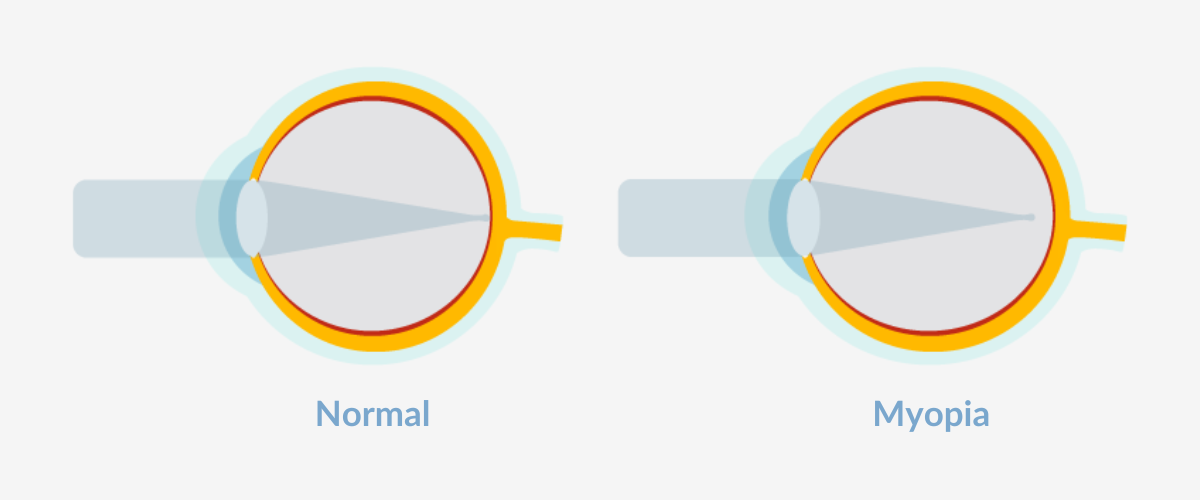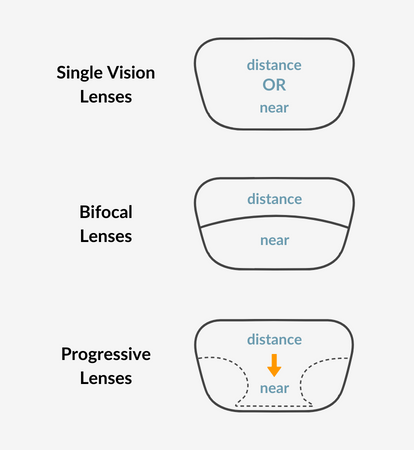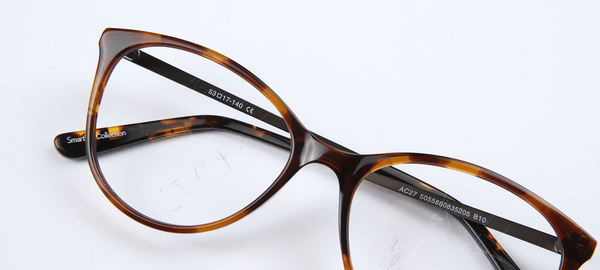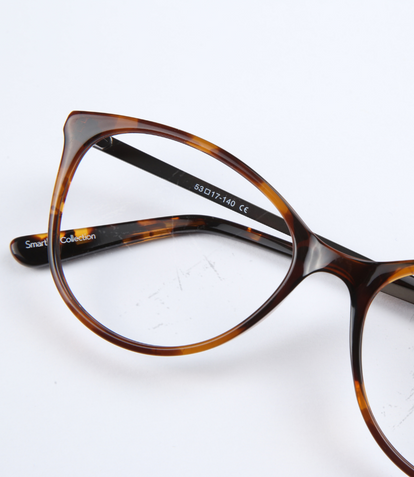
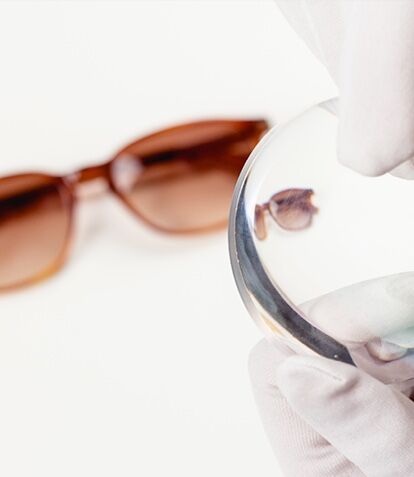
How to Buy Your Glasses Online
With the outbreak of the COVID-19 pandemic, people are being urged to stay home to avoid the spread of this Novel Coronavirus. At SmartBuyGlasses, you can order prescription glasses online from the safety of your home. When it comes to your prescription eyeglasses, extra precaution matters. Follow these simple steps to buying your next pair of prescription glasses online.
Step 1: Get Your Prescription
The process of buying prescription eyeglasses online still involves a visit to the optometrist (unless you’re looking for plano glasses or reading glasses). Your doctor is responsible for clearly identifying your vision problems, writing a prescription, explaining technical terms, and addressing your eye care needs.
For custom-made eyeglasses, you can also seek the services of opticians. They’re able to measure your pupillary distance (PD) to determine the exact placement of the centre of the lenses for accuracy. Knowing your PD (and getting it verified by a professional) is a key step in getting yourself some prescription lenses that really work.
Step 2: Get the Right Frame
If you already have frames in mind, you can easily search through our website and order online (in order to follow the suggested precautions for stopping the spread of COVID-19). You can choose from our top brands such as Tom Ford, Oakley, Ray-Ban and Persol. Get over 70% off designer frames today at SmartBuyGlasses!
Frame Shape
The eyeglasses of your choice should complement your face and highlight your favorite facial attributes. Before you buy eyeglasses online, you should get to know your face shape a little better. You’ll know if your face is oval, round, square, diamond, or heart shape by simply looking in the mirror. Then, you can check out this guide – it’s packed full of our recommendations for suitable eyewear!
Frame Size
While you consider eyeglasses frame sizes for fashion, it’s best to determine the correct measurements for your face. Big frames can make your face look smaller while small frames can make your face look bigger. Too loose, your eyeglasses might slip off, while too narrow might cause improper blood flow and discomfort!
If you have an old pair of eyeglasses that suit you well, you can check the measurements engraved at the temples. It’s worth taking into account that your glasses, over time, will also ‘break in’ and become more comfortable – so don’t be discouraged if that cool new pair that you’ve just bought feels a little small.
Frame Materials
Eyeglasses frames are made of plastic, acetate, metal, and titanium. Well-known brands such as Persol and Tom Ford are known for their premium materials – but that’s not the only route to consider when buying glasses online. We’re talking about SmartBuy Collection. They’re also made from high-quality materials but come at a much easier price point. Check them out!
Frame Colours
Once you’ve decided on your new frames’ shape, size, brand and materials, you can proceed to choose the best colour for you. Most of the time, the designs that you know and love are available in a wide range of colours. Have a look at Ray-Ban Wayfarers, for example.
Step 3: Enter Your Prescription to Choose Lenses and Coatings
Once you’ve decided on the frames, you can submit your prescription at checkout. At SmartBuyGlasses, you can do it manually each time you purchase, OR upload it to our system so we can quickly ship you the glasses you need without you having to worry about tracking those evasive prescriptions down.
Your prescription may mean you might be required to have single-vision or multi-vision lenses. However, you can still decide the lens materials and thickness at checkout. Check out this lens index chart to find out which one is most suitable for your vision correction needs!
More Information
At SmartBuyGlasses, there’s a whole world of designer sunglasses, designer eyeglasses and more available from the comfort of your home. You’ve got a key part of your prescription to hand, meaning you’ll be far more informed when it comes to buying eyewear online.
Speaking of being more informed, check out our Optical Centre. We’ve got hundreds of articles, ranging from contact lens queries to eye health answers – all at your fingertips. We also follow up our customers’ burning questions with our Ask the Optician section. Here, you’ll find expert-led advice about a range of topics from our in-house optician team.
Read up on the facts? Good. It’s time to pick up some unreal deals from SmartBuyGlasses. We thought we’d introduce you to a couple of our favourite ranges below.
Arise HD Prescription Lenses
SmartBuyGlasses offers groundbreaking durability, pristine clarity and perfect vision – all in the same lenses. Arise HD Clarity Prescription Lenses are made for the everyday wearer, but also offer advanced protection making them suitable for any adventure.
The Arise Clarity Lens Collection comes packed with protective elements to provide you with an unbeatable pair of prescription glasses. From scratch resistant and anti-reflective coatings to UV 400 and superhydrophobic protection, these lenses are guaranteed to keep your eyes comfortable in any situation.
These lenses are also aspheric, making them thinner and lighter than many other prescription lenses. These high performing, durable lenses feature an innovative lens technology that provides optimal clarity and comfort in the urban jungle.
Simply choose any frames you like, enter your prescription and select Arise Collective for your lens type. Let’s get started!
zFORT® Blue Light Blocking Glasses
Blue light is a potentially harmful form of light. While it is naturally emitted by the sun, electronic devices (upon which we’re spending more and more time every day) are also high-level producers. Blue light rays at a wavelength between 415nm – 455nm can damage your retinal cells, which may lead to premature eye ageing and vision problems in the future.
Our exposure to these harmful light rays may also cause a range of other health problems, including poor sleep (according to a 2012 Harvard Medical School study). Find out more about how to protect your eyes from blue light with anti blue light glasses from zFORT®.
How to Buy Your Glasses Online
With the outbreak of the COVID-19 pandemic, people are being urged to stay home to avoid the spread of this Novel Coronavirus. At SmartBuyGlasses, you can order prescription glasses online from the safety of your home. When it comes to your prescription eyeglasses, extra precaution matters. Follow these simple steps to buying your next pair of prescription glasses online.
Step 1: Get Your Prescription
The process of buying prescription eyeglasses online still involves a visit to the optometrist (unless you’re looking for plano glasses or reading glasses). Your doctor is responsible for clearly identifying your vision problems, writing a prescription, explaining technical terms, and addressing your eye care needs.
For custom-made eyeglasses, you can also seek the services of opticians. They’re able to measure your pupillary distance (PD) to determine the exact placement of the centre of the lenses for accuracy. Knowing your PD (and getting it verified by a professional) is a key step in getting yourself some prescription lenses that really work.
Step 2: Get the Right Frame
If you already have frames in mind, you can easily search through our website and order online (in order to follow the suggested precautions for stopping the spread of COVID-19). You can choose from our top brands such as Tom Ford, Oakley, Ray-Ban and Persol. Get over 70% off designer frames today at SmartBuyGlasses!
Frame Shape
The eyeglasses of your choice should complement your face and highlight your favorite facial attributes. Before you buy eyeglasses online, you should get to know your face shape a little better. You’ll know if your face is oval, round, square, diamond, or heart shape by simply looking in the mirror. Then, you can check out this guide – it’s packed full of our recommendations for suitable eyewear!
Frame Size
While you consider eyeglasses frame sizes for fashion, it’s best to determine the correct measurements for your face. Big frames can make your face look smaller while small frames can make your face look bigger. Too loose, your eyeglasses might slip off, while too narrow might cause improper blood flow and discomfort!
If you have an old pair of eyeglasses that suit you well, you can check the measurements engraved at the temples. It’s worth taking into account that your glasses, over time, will also ‘break in’ and become more comfortable – so don’t be discouraged if that cool new pair that you’ve just bought feels a little small.
Frame Materials
Eyeglasses frames are made of plastic, acetate, metal, and titanium. Well-known brands such as Persol and Tom Ford are known for their premium materials – but that’s not the only route to consider when buying glasses online. We’re talking about SmartBuy Collection. They’re also made from high-quality materials but come at a much easier price point. Check them out!
Frame Colours
Once you’ve decided on your new frames’ shape, size, brand and materials, you can proceed to choose the best colour for you. Most of the time, the designs that you know and love are available in a wide range of colours. Have a look at Ray-Ban Wayfarers, for example.
Step 3: Enter Your Prescription to Choose Lenses and Coatings
Once you’ve decided on the frames, you can submit your prescription at checkout. At SmartBuyGlasses, you can do it manually each time you purchase, OR upload it to our system so we can quickly ship you the glasses you need without you having to worry about tracking those evasive prescriptions down.
Your prescription may mean you might be required to have single-vision or multi-vision lenses. However, you can still decide the lens materials and thickness at checkout. Check out this lens index chart to find out which one is most suitable for your vision correction needs!
More Information
At SmartBuyGlasses, there’s a whole world of designer sunglasses, designer eyeglasses and more available from the comfort of your home. You’ve got a key part of your prescription to hand, meaning you’ll be far more informed when it comes to buying eyewear online.
Speaking of being more informed, check out our Optical Centre. We’ve got hundreds of articles, ranging from contact lens queries to eye health answers – all at your fingertips. We also follow up our customers’ burning questions with our Ask the Optician section. Here, you’ll find expert-led advice about a range of topics from our in-house optician team.
Read up on the facts? Good. It’s time to pick up some unreal deals from SmartBuyGlasses. We thought we’d introduce you to a couple of our favourite ranges below.
Arise HD Prescription Lenses
SmartBuyGlasses offers groundbreaking durability, pristine clarity and perfect vision – all in the same lenses. Arise HD Clarity Prescription Lenses are made for the everyday wearer, but also offer advanced protection making them suitable for any adventure.
The Arise Clarity Lens Collection comes packed with protective elements to provide you with an unbeatable pair of prescription glasses. From scratch resistant and anti-reflective coatings to UV 400 and superhydrophobic protection, these lenses are guaranteed to keep your eyes comfortable in any situation.
These lenses are also aspheric, making them thinner and lighter than many other prescription lenses. These high performing, durable lenses feature an innovative lens technology that provides optimal clarity and comfort in the urban jungle.
Simply choose any frames you like, enter your prescription and select Arise Collective for your lens type. Let’s get started!
zFORT® Blue Light Blocking Glasses
Blue light is a potentially harmful form of light. While it is naturally emitted by the sun, electronic devices (upon which we’re spending more and more time every day) are also high-level producers. Blue light rays at a wavelength between 415nm – 455nm can damage your retinal cells, which may lead to premature eye ageing and vision problems in the future.
Our exposure to these harmful light rays may also cause a range of other health problems, including poor sleep (according to a 2012 Harvard Medical School study). Find out more about how to protect your eyes from blue light with anti blue light glasses from zFORT®.






























